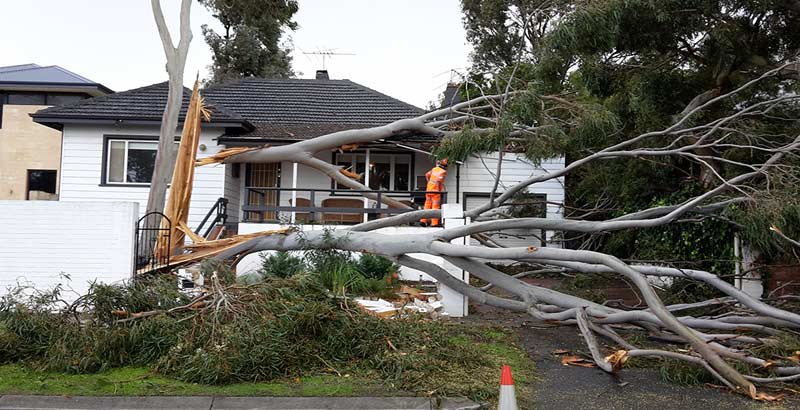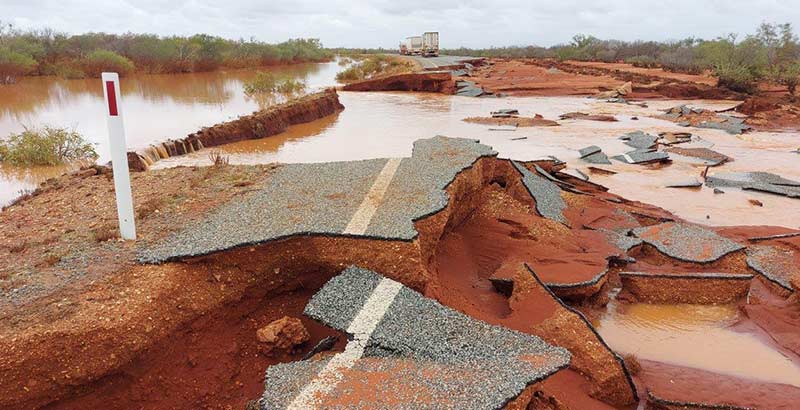Fire or life threatening emergencies: 000
Emergency Information: 13 3337
SES Emergency Assistance: 132 500
Storms are severe weather events that can impact communities with strong winds, hail, lightning, tornadoes, and heavy rain that may cause flash flooding.
Storms are one of the most common natural hazards in Australia. They can happen any time of year, but are most frequent in WA’s south west from May to October and in the north west from November to April.
Create your emergency plan on Emergency WA to be prepared when a storm hits.
Watch this Bureau of Meteorology 4.27 minute video to learn about severe thunderstorms.
When storms are forecast, it’s often hard to know exactly where they will impact the community. Some areas may only get light rain and wind, while others can experience fallen trees and roof damage.
It’s important that Western Australians take severe weather warnings seriously and follow safety advice to protect themselves and their families.

Severe storms can be extremely dangerous and cause destruction to the environment and nearby infrastructure. They can even cause injury or loss of life.
Damaging winds, flash flooding, lightning and hail cause damage to homes, cars, roads and vegetation, as well as disrupting essential services like electricity, water and gas.
Information included in storm warnings is designed to keep the community safe from the dangers of storm. While some people may think that closing curtains and staying away from windows is being overly cautious, these are actions that could save you or your family serious harm.
Did you know? The severe storm that hit Perth in March 2010 resulted in widespread damage to houses, cars and roads. The State Emergency Service received almost 2,000 calls for assistance and in the storm’s aftermath, several schools temporarily closed and elective surgery was cancelled for the day.
While storms can happen at any time of the year, in Western Australia’s south west land division (south of Geraldton) they occur more frequently between May and October. For the Pilbara and Kimberley regions they are most likely between November and April.
People who take action to get prepared for a severe storm before it happens are more likely to keep themselves, their families, their pets and their property safe. Create your emergency plan on Emergency WA to stay prepared, no matter where you are.

DFES and the Bureau of Meteorology work together to inform the community when there is a storm risk. DFES will provide alerts and warnings on Emergency WA.
There are three warning levels which move up and down to reflect the risk to your life or property before, during or after a storm. These are the same warning levels as bushfire, flood and cyclone.
Advice: An incident is active. Be aware and keep up to date.
Watch and Act: There is a possible threat. Take action now to stay safe.
Emergency Warning: There is a threat to lives and homes. You may be in danger and need to take immediate action.

If you encounter an emergency vehicle while driving:
Remember: It is an offense not to give way to an emergency vehicle. The penalty is a fine and loss of demerit points. For more information, please refer to the Road safety Commission website.
It’s important you know how to access different information sources to stay up to date because there may not be reliable telecommunications in remote areas during emergencies.
Radio is a reliable source of information during telecommunications outages, so ensure you have a battery-operated radio in your emergency kit.
Call 13 DFES: 13 3337
Listen to ABC local radio
Main Roads WA or call 138 138